
Tag Archives grasshoppers
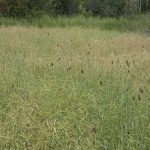
Weird pest phenomena a boon for farmers
They might sound creepy, but aphid ‘mummies’ and ‘summit disease’ are signs friendly fungi, insects are at hand

Now is the time to scout for grasshoppers
Early identification and control can prevent damage, reduce costs
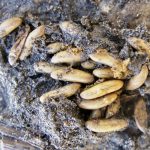
Don’t count your silver linings before they’re hatched
Cool, wet conditions may slow grasshopper emergence, but it’s unlikely to make a dent in this year’s populations
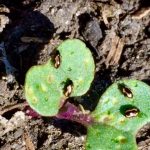
Eastern Prairies’ wet conditions may curb insect pest risk
Late-seeded crops may germinate more quickly in warmer soils
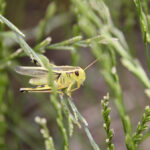
Crunching the numbers on grasshoppers
For all the attention grasshoppers have got, initial numbers have shown very variable populations
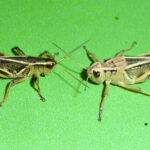
Grasshoppers in Manitoba are hungry, and plentiful
After a string of dry summers helping their populations, producers are encouraged to scout for pest grasshoppers

Prairie growers on lookout as insects seize opportunity
Dry conditions, delayed seeding lift pest counts
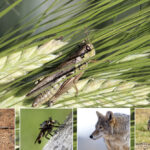
Predators line up for grasshoppers
Grasshoppers might be voracious — but so are the many things that consume them

Prairie pest report says grasshopper risk low
This despite general upward trend in the populations across Manitoba and Saskatchewan



